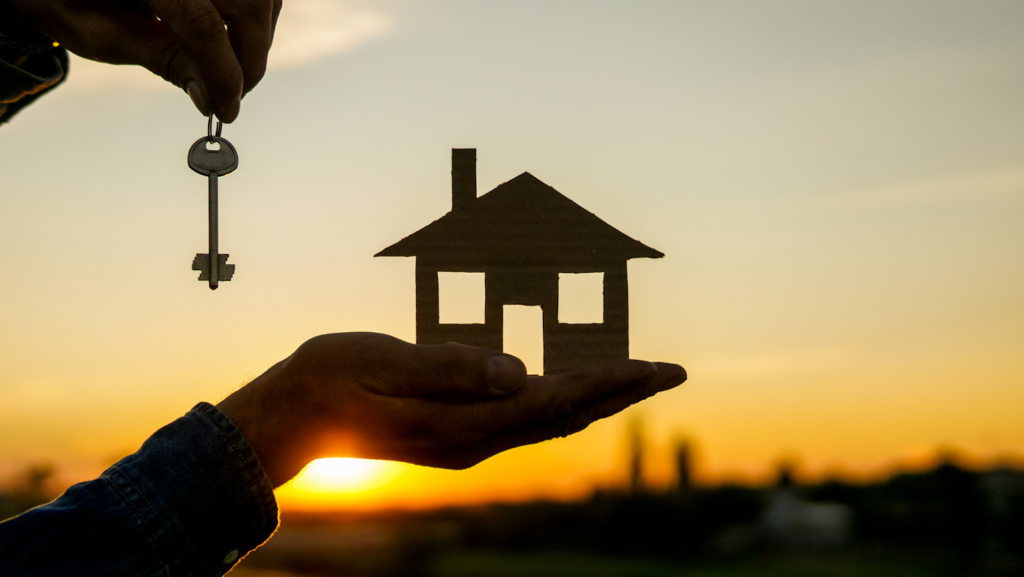Ever wondered what the Griffin’s residence from the popular animated show “Family Guy” would look like in real life? Imagine stepping into the iconic living room, with its distinct color scheme and familiar layout. This article takes a playful yet insightful dive into the concept of creative community, exploring the possibilities of bringing this animated abode to life.
Stay tuned as we embark on a fascinating journey, bridging the gap between the animated world of “Family Guy” and reality.
Family Guy House in Real Life

Transitioning the Griffin family house from an animated form to a concrete structure embodies the concept of Family Guy house in real life. This process involves exact replication, based on cues extracted from the animated series ‘Family Guy’.
Total precision in the architectural structure remains crucial. Devoted fans and set designers closely study numerous episodes, marking down every detail from window placements to the number of stairs leading to the second floor.
Achieving color accuracy is another significant facet. From the turquoise kitchen to the mustard living room walls, colors matter.
The Architecture of the Family Guy House in Real Life
The Family Guy house’s framework typifies the Neo-colonial architecture—a prevalent style in the US suburbia. In creating this tangible version, architects embrace the house’s symmetrical façade, a characteristic feature of the Neo-colonial style.
Inside, structural coherence of the actual building presents a contrast to the animated version’s shifting interiors.
Designers of the real-life Family Guy house incorporate architectural redundancies, seen in the animated version, into the true-blue version. It mimics the upper story’s continuous redesign—sometimes a single room, other times multiple rooms.
Aspects such as physical material choices also reflect the aesthetic of the show. The real-life Family Guy house boasts a sharp color palette that draws directly from the animated design, with vibrant, almost caricature-like hues gracing both the interior and exterior.
In essence, achieving the architectural rendition of the Family Guy House in real life necessitates careful study, meticulous execution, and dedication to balancing the animated world’s flexibility and whimsy with real-world architectural principles and constraints.
Exploring the Rooms of the Family Guy House in Real Life

Upon entering the real-life Family Guy house, visitors can witness how the creators meticulously duplicated each room from the show.
Sitting at the heart of the home, the living room mirrors its television version. Painted in the same recognizable mustard yellow, this space spotlights a familiar cozy ambiance.
Adjacent to the living room stands the turquoise kitchen, a tribute to the show’s domestic scenarios.
Experiencing the Family Guy House in Real Life
The recreation of the “Family Guy” house in real life lets fans access a unique aspect of the popular show. This walkthrough invites visitors to soak in the charm and nostalgia that engulfs the house.
Upon entering, a wave of familiarity greets enthusiasts, as they recognize Peter’s stunning 1984 Toyota Tercel, casually parked by the house. The exterior maintains the pristine white facade from the animated series, accentuated by green shutters, enhancing its authenticity.
Unique Features and Differences in the Real Life Version
In comparison to its animated counterpart, the Family Guy house in real life has several unique features and notable differences. These are mainly in its functionality, design, size, and accessibility.
Functionality-wise, the real-life version has running water in the kitchen, plumbing facilities in the bathrooms, as well as heating and cooling systems; features often omitted from their animated versions.
Design gets a tweak too. While the distinctive mustard yellow walls and grand piano remain in the living room, additional nuances bring the space to life.
Must Know
The Family Guy house in real life is more than just a faithful architectural reproduction. It’s a testament to the power of animation and its ability to transcend the screen, creating a tangible, immersive experience for fans. The house’s real-world adaptations, from functional amenities to safety improvements, showcase a careful balance between maintaining the show’s whimsical charm and adhering to practical real-world standards.
